Food security
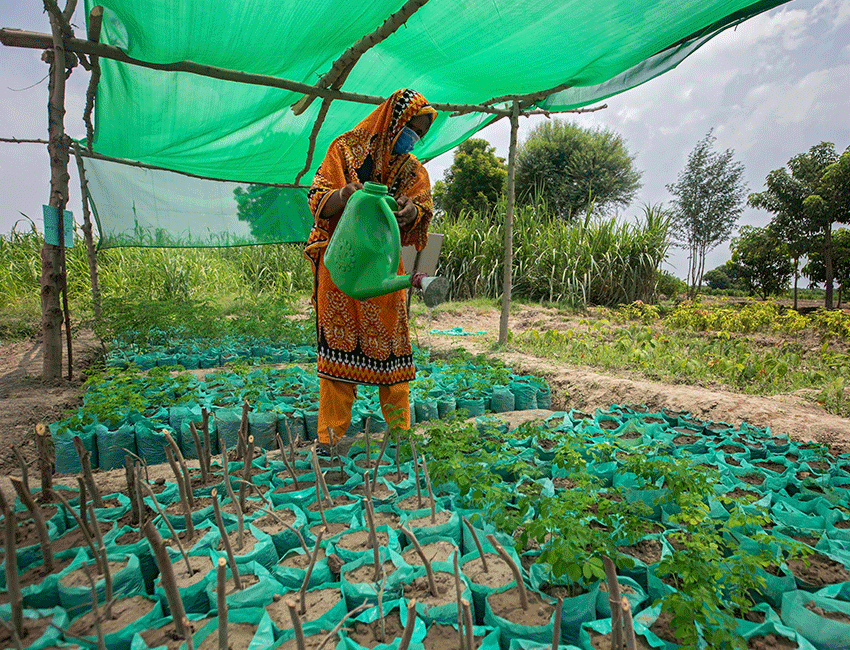
Everyone should have enough nutritious food to eat. But millions of people live with food insecurity. Learn why.
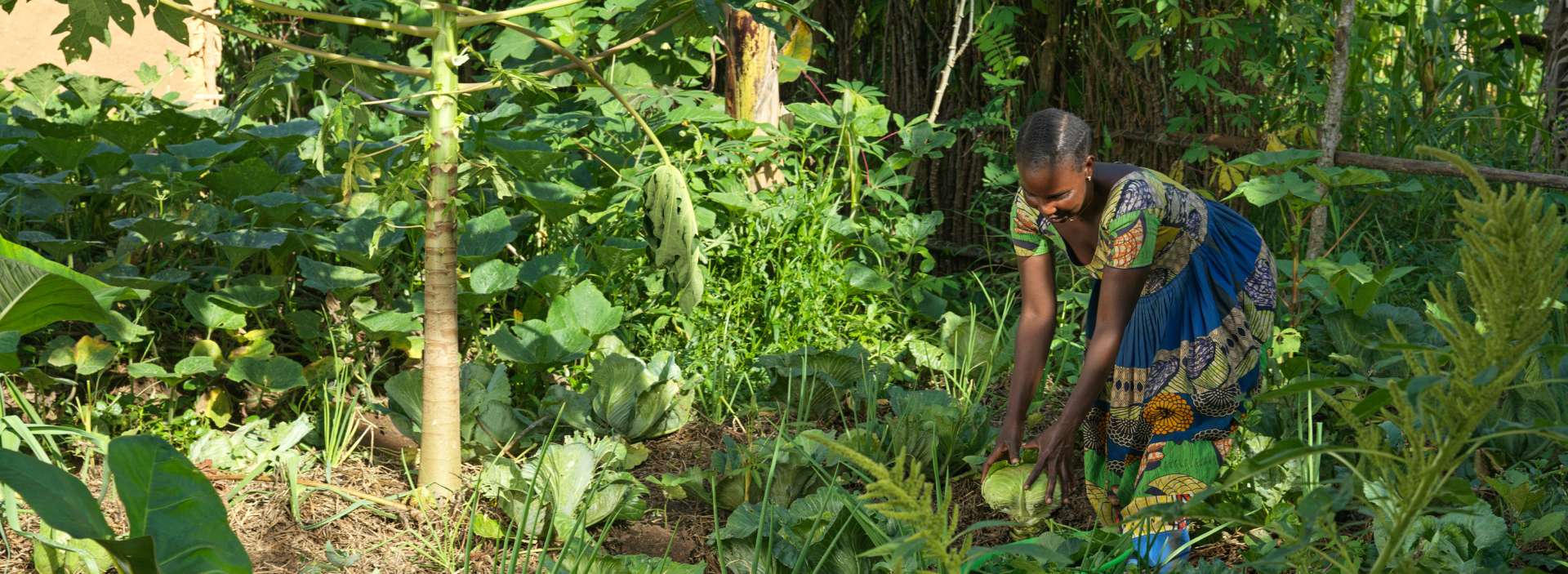
Right now, 1 in 12 people around the world don't have enough food to eat. Discover facts and up-to-date stats on hunger and malnutrition around the world.
There’s enough food to feed everyone on the planet.
But 673 million people are going hungry every day – that’s 8% of the global population. Poverty, conflict and the climate crisis are keeping life-giving food out of reach.
The UN Hunger Report defines hunger as populations who are experiencing severe food insecurity. That means when people can’t get a steady, daily supply of safe and nutritious food to live an active and healthy life.
War, conflict and armed violence is the biggest causes of hunger in the world today. War disrupts people growing and exporting crops all over the world, which is increasing food shortages in regions directly impacted by the violence and beyond.
Those who survive conflict will have their lives blighted. Many will have their future health, wealth and wellbeing compromised. As a result, they’re more likely to raise their children in poverty.
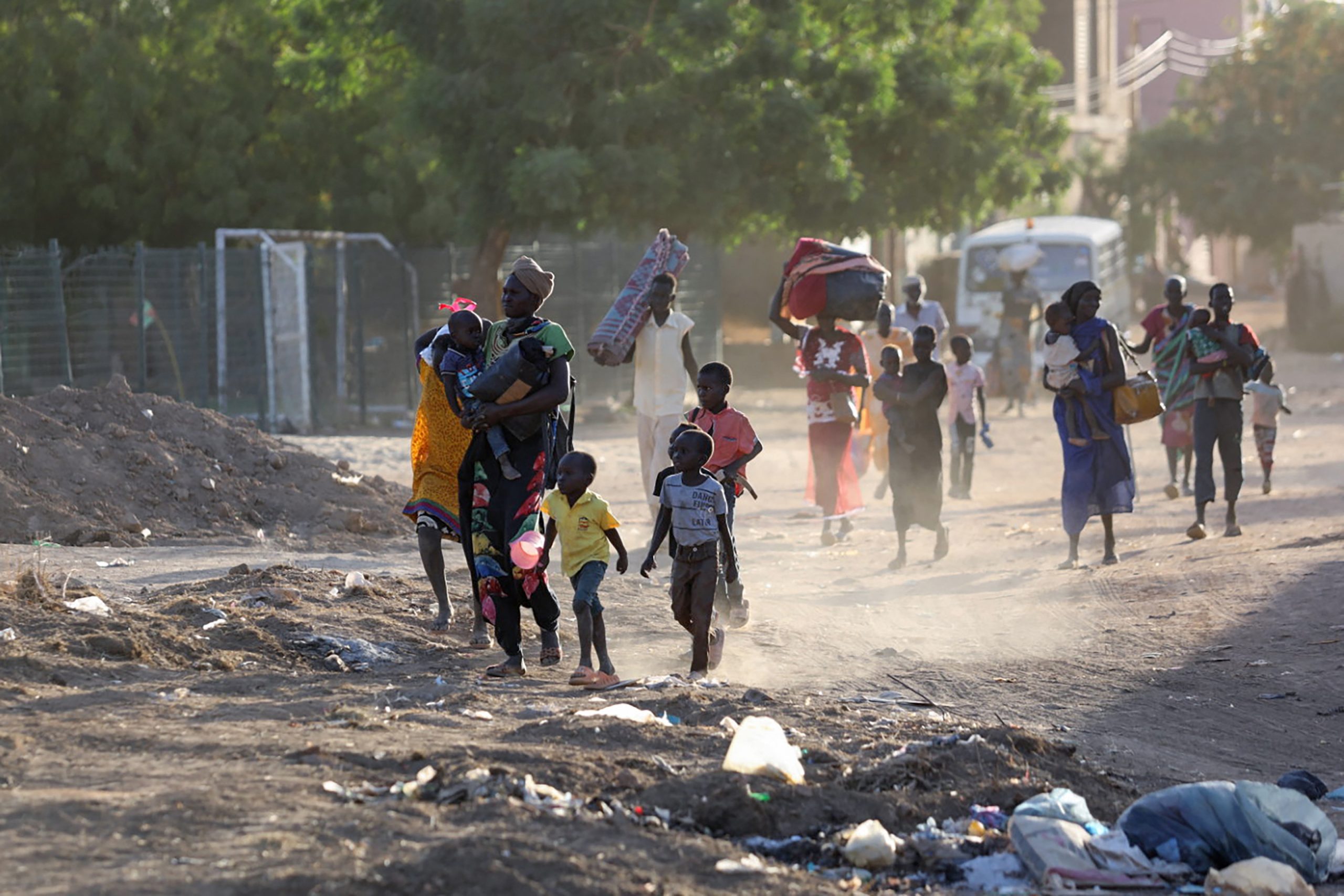
People in Sudan fleeing their neighbourhoods amid fighting between the army and paramilitaries in Khartoum.
The changing climate is causing high temperatures and extreme weather for people living in the toughest places on earth. Rain is increasing in some regions and at record low levels in others. Extreme weather that cranks up hunger and risk of famines is rising, including disasters like:
The climate crisis is a humanitarian emergency. Without change, the warming climate and consequent biodiversity loss will cause a global food crisis. Extreme weather events, like cyclones and long-term droughts, will become more frequent and crop growing seasons will be shorter.
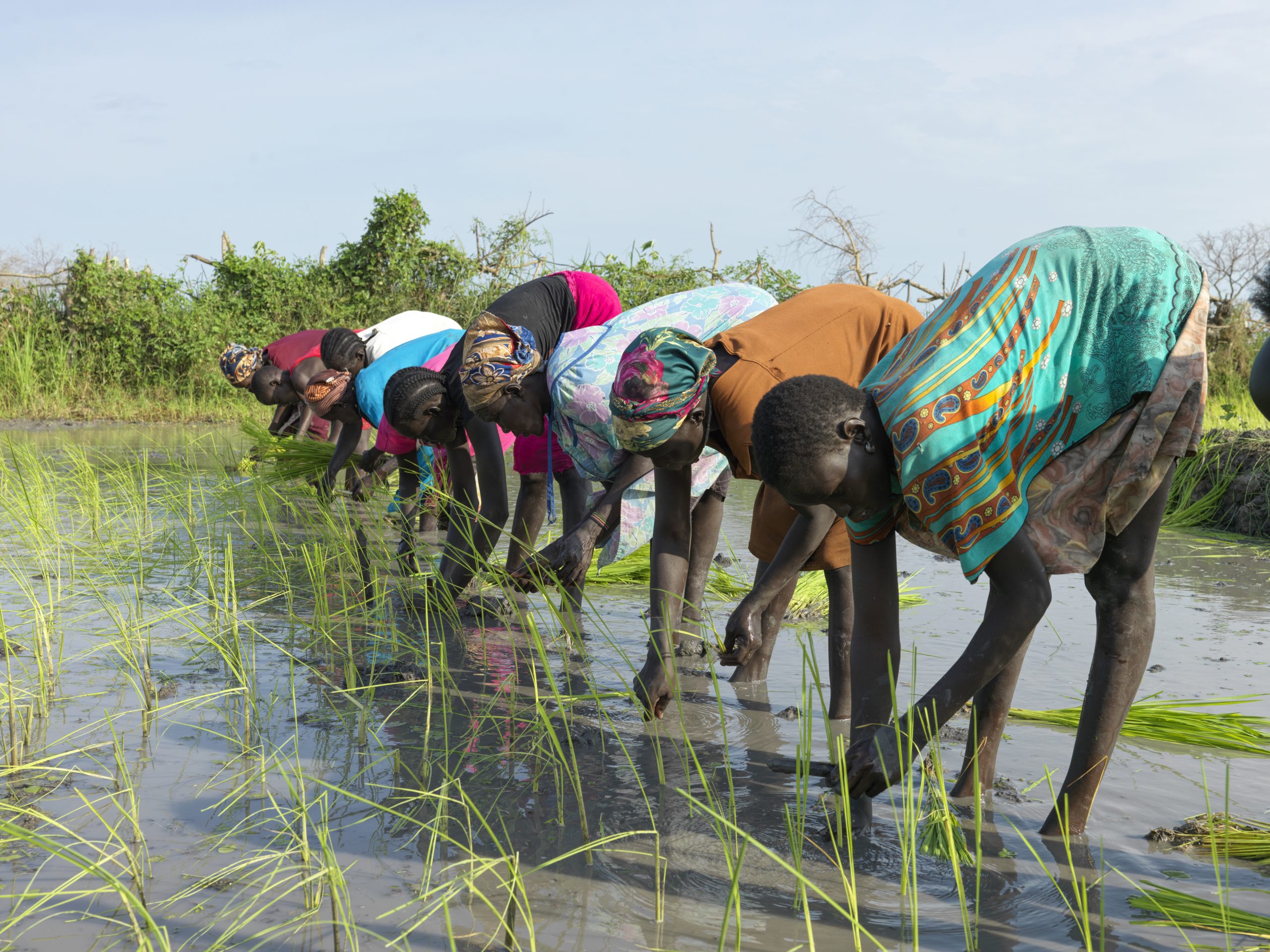
Local women plant rice in Paguir, South Sudan. The rice has been recently introduced by Action Against Hunger after 3 years of continuous flooding in an act to overcome the growing hunger crisis in the area.
Poverty is a major cause of food insecurity. Even though the world produces enough food to feed the entire population, four out of ten people in the world can’t afford a healthy diet.
Some countries experience poverty and low levels of food security more than others. In South Asia, 13 million jobs need to be created every year to keep pace with population growth.
Poverty often leads to a downward spiral of despair. Families start by cutting back on clothing and leisure activities. Then they start cutting back on nutritious, varied food – before cutting back on food altogether.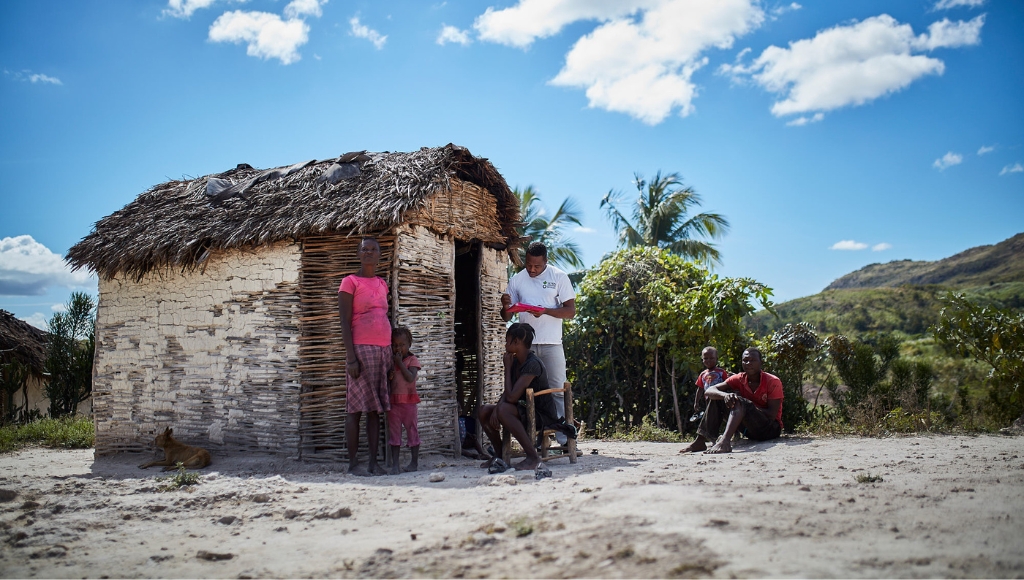
Around the world, women and girls are most at risk of malnourishment. In countries facing conflict and famine, women and girls often eat last and have the least access to healthy food. Many women and girls face gender-based violence when seeking support.
Women need about 25% less energy per day than men, but the same amount of nutrients. This means their diet needs include more nutrient-rich foods.
But the healthy food women and girls need to thrive is often unaffordable. Across the world, nutritious foods like fruit, vegetables and protein cost the most.
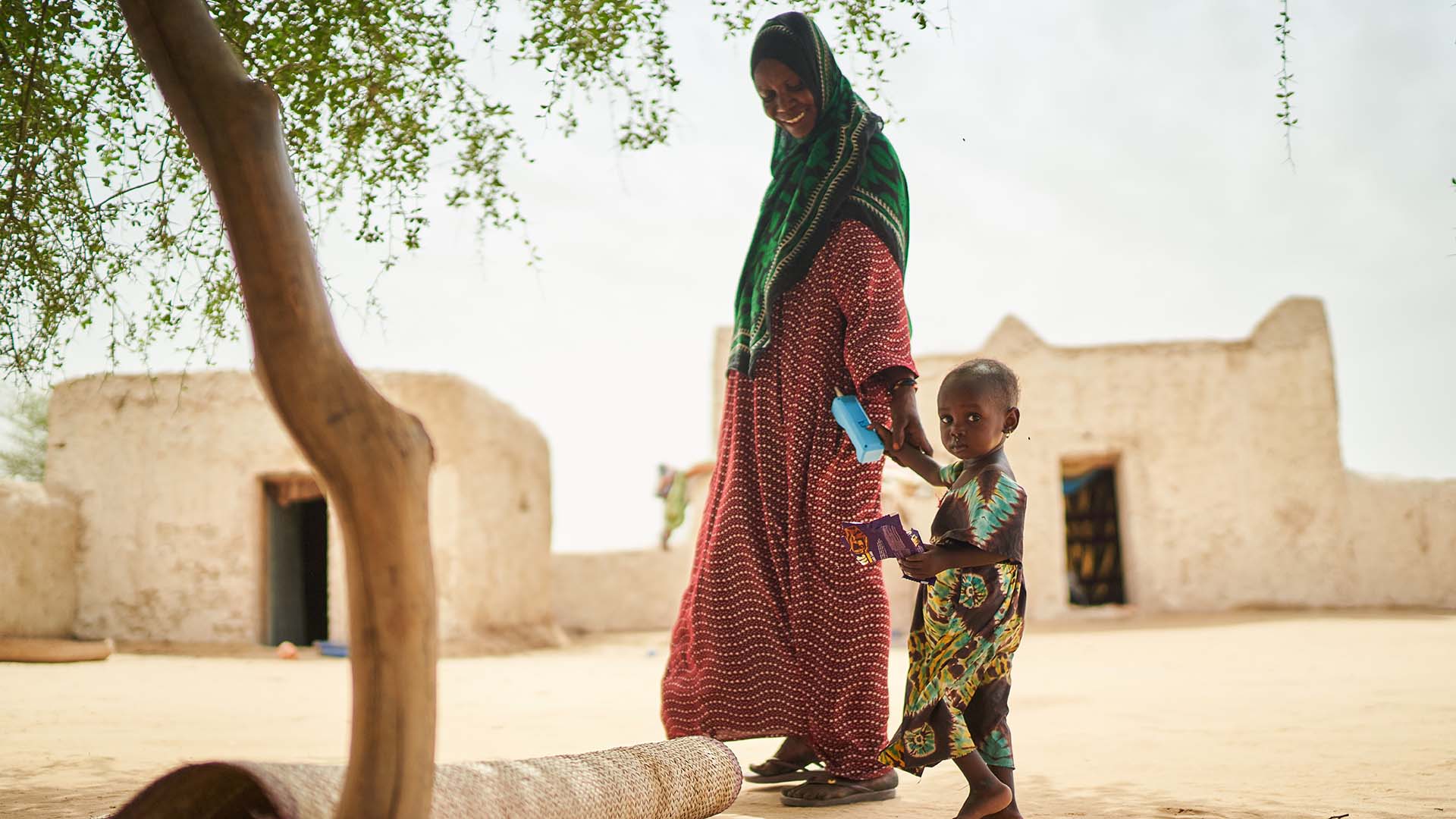
Around the world, 148 million children are missing out on meals and essential health and nutrition services.
Nearly half of all deaths among children under five are linked to hunger.
1,000 children die each day from illnesses caused by dirty water and unhygienic living conditions.

The latest UN Hunger Hotspots report highlights Haiti, Mali, Sudan, South Sudan and the Occupied Palestinian Territories are the hungriest countries in the world.
Discover stats on hunger levels in the hungriest countries in the world and what's driving hunger in different regions.
We’re building a world where no one dies from hunger. For over forty years, we’ve been leading the global movement to end life-threatening hunger for good.
We’re focusing hard on diagnosis, treatment and prevention. We’re leading technical organisation in the prevention and treatment of acute malnutrition and actively pilot new approaches. Our work is ensuring all children affected by acute malnutrition can receive the care they need and deserve.
When a major crisis hits, we link with other UK charities specialising in humanitarian aid, through our membership of the Disasters Emergency Committee and the Start Network, helping all to respond early and quickly to emergencies together.
In 2024, we helped more than 26.5 million people in 57 countries around the world.

Everyone should have enough nutritious food to eat. But millions of people live with food insecurity. Learn why.

Hunger isn’t inevitable. We can predict it, prevent it and treat it. Here's how we're creating and testing new solutions to end global hunger.

Learn why a well-nourished, healthy person is good for their family and their community and how our nutrition programmes help.